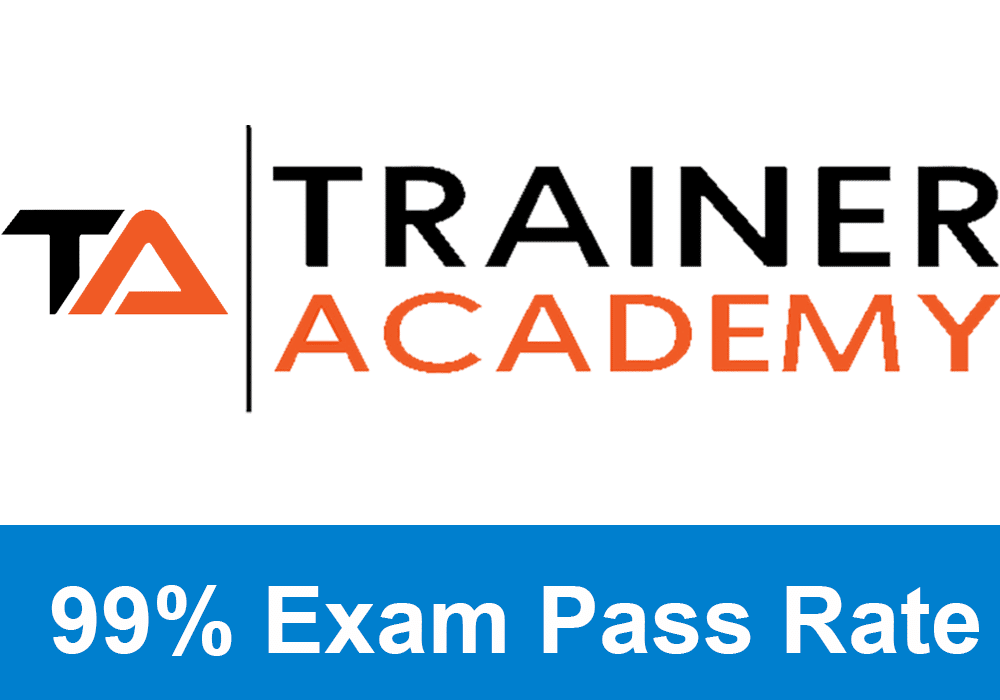
Yet to sign up for the ISSA nutrition cert? My site visitors get a special discount here. You can even get this nutrition cert for free with the purchase of their personal trained cert (an excellent combo).
Chapter Goals:
- Describe and define the main terms related to sports nutrition concepts and approaches.
- Know the Dynamic Nutrition Approach.
- Be able to discuss the athlete type nutrition examples.
Introduction
The Dynamic Nutrition Approach is a nutrition model founded in science. It addresses the many aspects of nutrition and a logical approach for exercise physiology, anatomy, and biochemistry for athletes. There is, of course, room for growth with this model, as there is always with these models. A vital consideration with the model is this change in the model that could happen. These improvements could happen in examples, guidelines, models, or other approaches or publications.
The examples used for this approach will cover the different types of athletes and not just an overall generalization of what an athlete is.
Sports Nutrition Legal Aspects
When you deal with other people’s health, many legal issues arise with fitness trainers and other professionals. The certified fitness trainers through ISSA are educated about many different issues and procedures and how you should address them. These include issues dealing with liability insurance, client forms and disclosures, approvals from doctors and teams, and limiting the activities in personal training to be within the legal boundaries that apply to health professionals.
Sports Nutrition Plan Approach Examples
Dietary Guidelines and the Dynamic Nutrition Approach (2015 – 2020)
This is the approach discussed throughout chapter 16.
Daily Training versus Athletic Event Nutrition
For most athletes in sports, daily training is needed, and it dominates the hours of the day. For the days of competition and such, we see the eating mainly of higher carb foods to benefit the athletes. The goal of higher carb diets is to increase the amount of glycogen stored in the body.
ISSA’s 1 – 2 – 3 Eating Rule of Thumb
The general rule is that your meals should be 1 part fat, 2 parts protein, and 3 parts carbs. It is easy to follow and works for most people who exercise for weight training or to lose fat, build muscle, and maintain their health.
The Dynamic Nutrition Approach: A Bio – Energetic Model to Performance Nutrition
When athletes train for their sport, they condition their muscles to produce strength and contractions that generate whatever the specific motions are for their sport. An example could be a marathon runner needing their muscular output over long periods of time, and thus they would train with that goal in mind. The types of muscle fibers you train and want for your sport of choice matter, and all of that needs to be considered when we are training and deciding how to work the muscles properly for efficiency.
How does exercise affect muscle fiber development and composition?
The skeletal muscles, again, are made up of two different types of muscle fibers. These are the slow and fast twitch fibers we discussed previously in the book. We use those slow twitch fibers for endurance style sports and fast twitch fibers for higher intensity activities. So, the endurance athlete will have the main percentage of muscle fibers in the form of aerobically focused and fatty acid burning slow twitch fibers, and the strength athletes are known to have a higher percentage of muscle in the form of fast twitch fibers.
Sports Nutrition Supplements Are Part of the dynamic Nutrition Approach.
Sports nutrition supplements help to maintain health, both physically and mentally. Protein supplementation is another popular form of supplement that really help athletes with their goals. We should refer to the chapter on supplements and nutrition to see what is best to use for athletes.
Exclusive PTP CPT Offers |
||
|---|---|---|
Most Popular Cert | Best Online NCCA Cert | Best Study Materials |
Gold Standard Cert | A Good Option | Best CPT for you?  |
Nutrition Conditioning of Athletes
Like how the body makes changes to respond to physical training and acclimation to the environments we are exposed to, the body also makes many adjustments in the form of anatomy, biochemical, and physiological changes in nutrition as part of the nutrition program being followed. Suppose your total daily intake of calories is increased. In that case, the body takes a little time to adjust to this to its best ability and it gets more efficient over time at processing the additional nutrients being taken in.
One thing you should train for is the preparation of meals that accompany the big events in sports. Since the sports competition is likely strenuous and long, you should train the body to deal with the added nutrients you will likely take in. This is done at some point throughout training to ensure the body can process this intake well.
The rationale behind the Different Athlete-Type Sports Nutrition Plan Examples
We use some basic percentages when looking at the type of sport and the required nutrients. An example would be anaerobic athletes. The typical breakdown we find most efficient during the season will be 15% fats, 30% protein, and 55% carbs. And these base percentages will vary depending on the athlete of choice and if they are in season, which is when they are used.
It is important to look at the examples throughout the book to determine the different percentages and how they look for each athlete type.
Percentages versus Amounts per Pound or Kilogram of Body Weight
Both of these approaches will end up with quantitative amounts, but their backing points should be considered to see why the better option may be the percentage approach.
The percentage approach is based on daily expenditure needs and it is directly tied to the metabolic measurements and may make the program construction much easier in terms of calculation.
The per kilogram or pound approach toward nutrition is more for athletes looking to ensure they get the most protein to benefit them. It is based on lean body mass and does not focus on all of the nutrition. It can be useful, but it proves tougher to implement the other nutrition parts besides protein.
We should make sure to look at all of the chapters up to this point for reference to the provided charts and information. These chapters include the ones on macronutrients, water and hydration, electrolytes, and those other basic ones. Some other things to note throughout this chapter in this section are the meal timing plans. We can implement a plan to time the meals we fit in properly in many ways.

 Have a question?
Have a question? 



Tyler Read
PTPioneer Editorial Integrity
All content published on PTPioneer is checked and reviewed extensively by our staff of experienced personal trainers, nutrition coaches, and other Fitness Experts. This is to make sure that the content you are reading is fact-checked for accuracy, contains up-to-date information, and is relevant. We only add trustworthy citations that you can find at the bottom of each article. You can read more about our editorial integrity here.